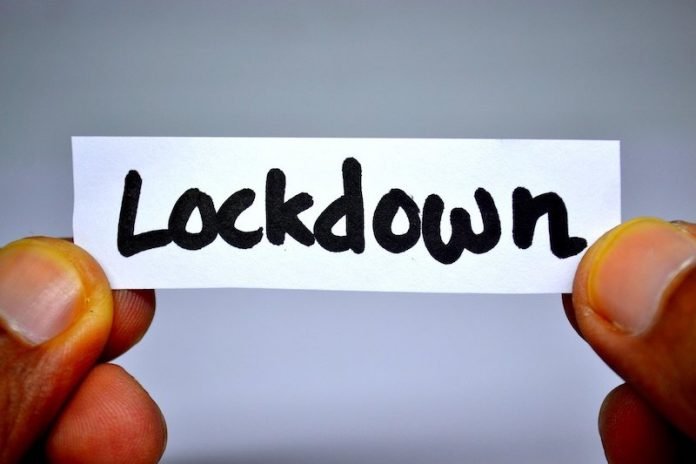
The U.S. pandemic lockdown in 2020 caused a $2.3 trillion economic downturn and split the nation politically, and now some European nations are locking down again as Omicron surges through the global population.
But do these drastic measures save lives? Are they worth massive job and income losses?
In a new study from the University of Michigan, researchers found the early lockdowns implemented in the first six months of the COVID-19 pandemic saved lives.
The study found that from March through August 2020, implementing widespread lockdowns and other mitigation in the United States potentially saved more lives (866,350 to 1,711,150) than the number of lives potentially lost (57,922 to 245,055) that were attributable to the economic downturn.
However, the results are more ambiguous when looking at the quality-adjusted life expectancy added by lockdown (4,886,214 to 9,650,886) vs. quality-adjusted life years lost (2,093,811 to 8,858,444) due to the economic downturn.
This is because many of the people saved were high-risk older adults with multiple illnesses and fewer healthy years left to live, while those most impacted by the economy were younger people in service jobs and other lower-paying occupations who found themselves without employer-provided health insurance and, in many cases, unable to pay for health care or even life-saving medications.
A quality-adjusted life year is one year of life in perfect health.
This is the first known paper to measure the effect of pandemic lockdown mitigation measures on lives saved and lost, as opposed to typical economic evaluations, which examine the cost per life saved.
The team says this is tough for people to agree upon. Typically, people are in one of two camps—pragmatics who worry about the economy and ethicists who say any amount of money is worth saving a life.
Some value loved ones more, or their own lives. It’s very subjective.
What the team did was to look at empirical correlations between loss of income and mortality and create a range of estimates on how many people could be expected to die as a result of the downturn, which is essentially the estimated collateral damage of the public health measures.
The team estimated that number based on published literature, and the accuracy of that literature, or the public’s behavior, could lead to an over or underestimate.
Also, all of the human toll of the lockdown won’t be seen immediately. For example, the health toll could manifest later as disease progression because someone who was unemployed couldn’t buy medications.
If you care about health, please read studies about why COVID-19 can trigger severe disease and death, and heartburn drug that could help treat COVID-19, reduce severity.
For more information about health, please see recent studies about novel vaccine method to prevent COVID-19 infection, and results showing that common drugs for inflammation, depression, alcoholism may treat COVID-19.
The study is published in PLOS One. One author of the study is Olga Yakusheva.
Copyright © 2022 Knowridge Science Report. All rights reserved.



